Custom Daily vs Weekly vs Monthly Planner: Which One is Right for You?
 Sep 06,2024
Sep 06,2024

 SESE
SESE
Custom Daily vs Weekly vs Monthly Planner: Which One is Right for You?
Planning your days efficiently is key to managing your time, staying productive, and meeting your goals. However, with various types of planners available—daily, weekly, and monthly—it can be tricky to choose which one suits your needs best. This guide explores the differences, main features, and design tips for each type of planner, helping you decide whether a daily, weekly, or monthly planner is the right fit for your lifestyle.
1. Daily vs Weekly vs Monthly Planner: What’s the Difference?
The primary difference between daily, weekly, and monthly planners is how they structure time.
Daily Planners: Designed for breaking down tasks hour by hour, offering a detailed view of each day.
Weekly Planners: Display an overview of the entire week, usually split into sections for each day.
Monthly Planners: Offer a bird’s-eye view of the month, focusing on important dates and deadlines rather than detailed daily tasks.
2. Main Features of a Daily Planner
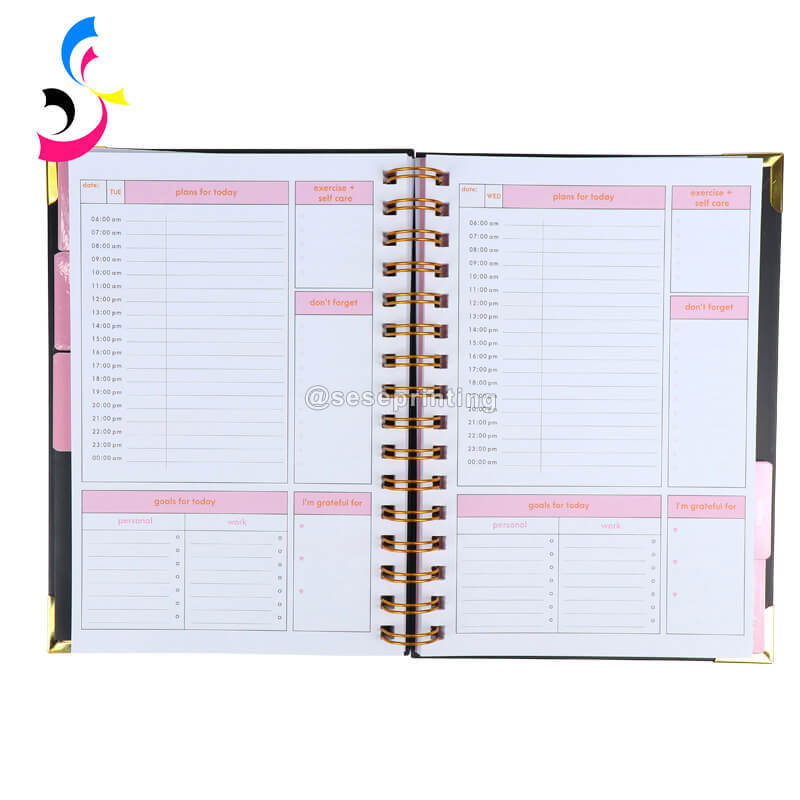
Hourly Breakdown: Most daily planners divide each day into hour-long increments, making them ideal for scheduling meetings, appointments, or time-blocking tasks.
To-Do Lists: Dedicated space for listing tasks to complete on that specific day.
Notes Section: Often includes space for extra notes, reflections, or reminders.
Daily planners are perfect for people who thrive on detailed structure or have busy schedules that need precise time management.
3. Main Features of a Weekly Planner
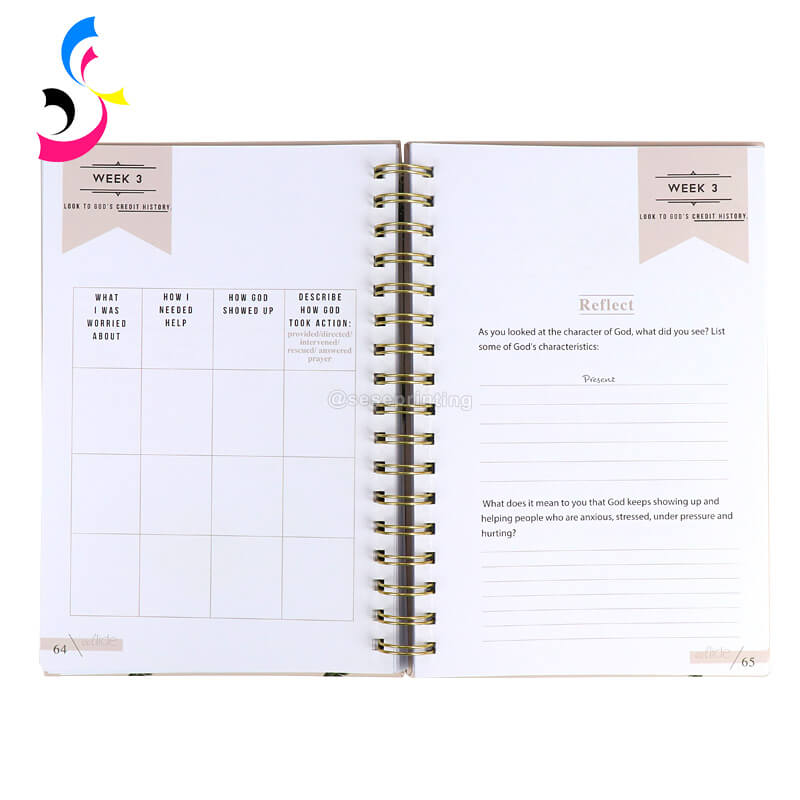
Weekly Overview: Displays the entire week across two pages, providing an at-a-glance schedule for balancing personal and professional life.
Task Prioritization: Allows you to plan your most important tasks for each day of the week.
Flexible Layout: Less structured than daily planners, weekly planners offer flexibility for general plans, leaving room for changes.
This layout is ideal for people who prefer to look at the bigger picture of the week and make adjustments as needed.
4. Main Features of a Monthly Planner
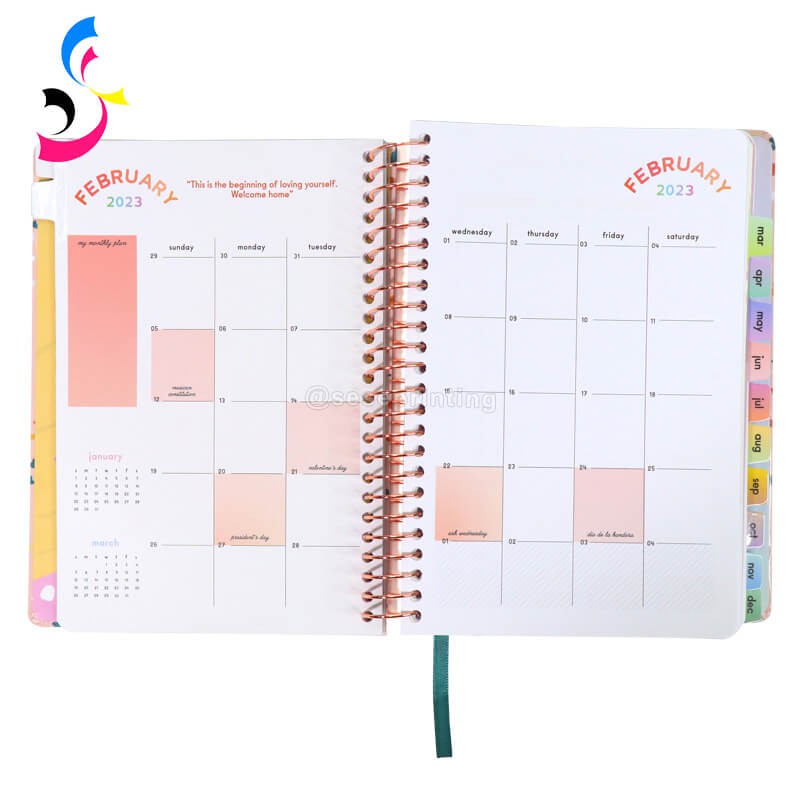





 Home
Home Print Hardcover Books: Frequently Asked Questions For Beginners
Print Hardcover Books: Frequently Asked Questions For Beginners  You May Also Like
You May Also Like
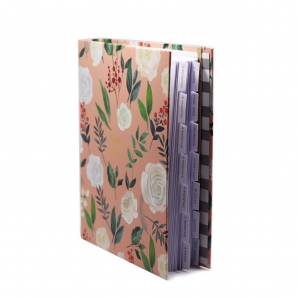

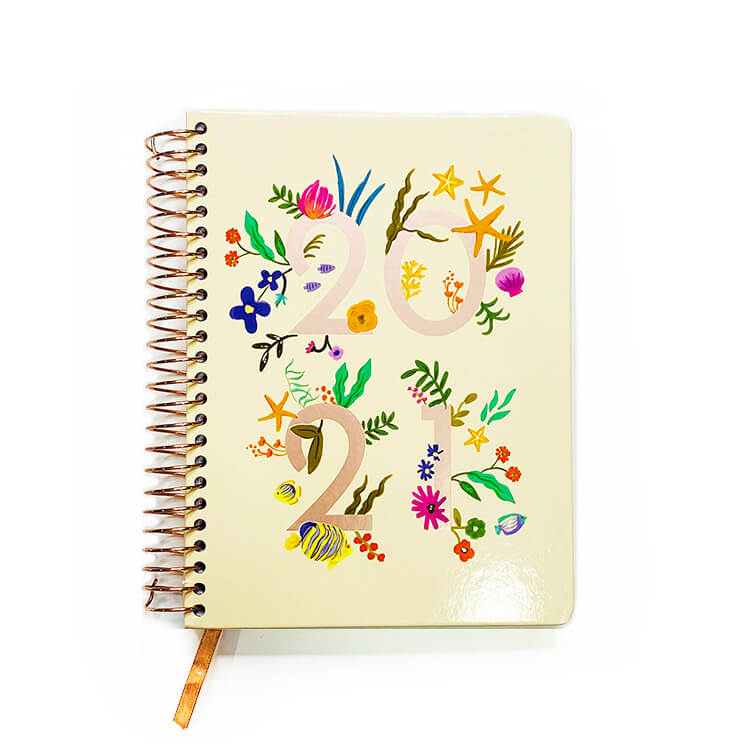

 Tel
Tel
 Email
Email
 Address
Address







